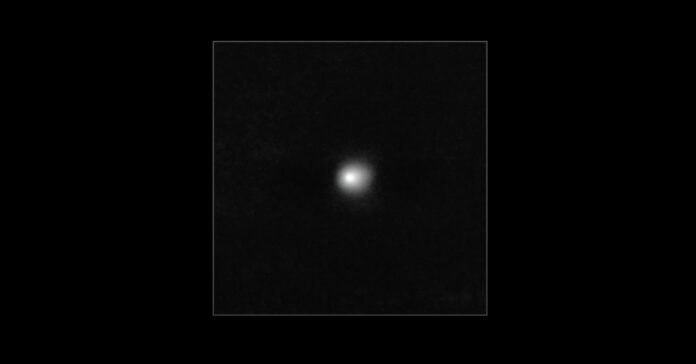The European Southern Observatory (ESO) has captured the clearest images yet of the interstellar visitor 3I/ATLAS as it moves inward through the solar system.
ESO’s Very Large Telescope (VLT) snapped new images of the comet just two days after it was discovered, recording a timelapse as the object moved across the sky. The resulting stacked image is the deepest view yet of the interstellar intruder.
“These data were obtained with the FORS2 instrument on the VLT on the night of 3 July 2025,” ESO officials wrote in a July 8 statement. The VLT timelapse shows the comet moving over the course of 13 minutes.
Comet 3I/ATLAS was discovered on July 1 by the Deep Random Survey remote telescope in Chile, part of the NASA-funded ATLAS (Asteroid Terrestrial-impact Last Alert System) telescope, when the comet was about 410 million miles (670 million kilometers) away from the sun. Originally designated C/2025 N1 (ATLAS), it was quickly confirmed to be an interstellar visitor due to its hyperbolic and highly eccentric orbit.
3I/ATLAS is only the third interstellar object detected visiting our solar system, after 1I’Oumuamua in 2017 and 2I/Borisov in 2019. (The 3I in the newfound object’s name stands for “third interstellar.”)
ESO says that better quality images of the comet will become available as it makes its way into the inner solar system. The enigmatic object is expected to make its closest approach to Earth in late October 2025, but it won’t be visible to telescopes or astronomers at this point, as 3I/ATLAS will be hiding behind the sun.
“It will become observable again in December 2025, as it makes its way back to interstellar space,” ESO stated.
ESO added that VLT and telescopes around the globe will continue to make observations of the fleeting celestial visitor, hoping to uncover clues about its structure, composition and origin.


